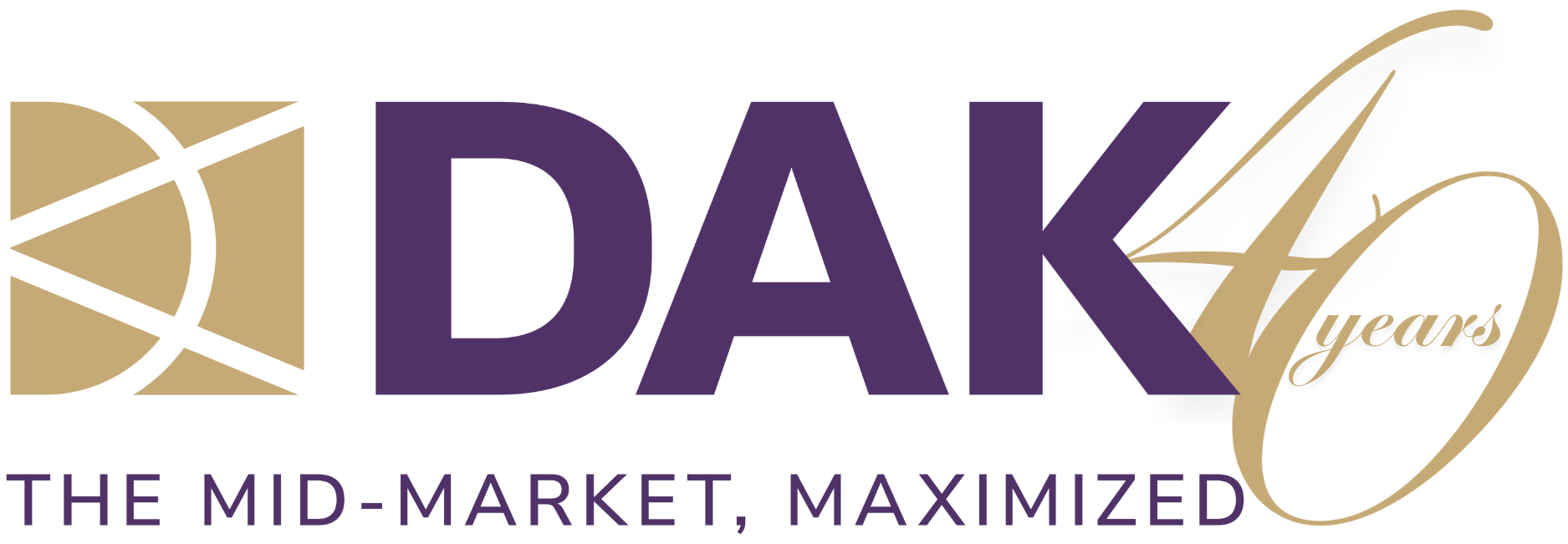Part II of our M&A Insights Column
You have invested years, possibly decades of your life building a successful business. When the time comes to sell that business, you’ll want to get the greatest possible value in return for all those years of hard work. With so much at stake, you’re going to want to do all you can to be ready. How well you prepare your business for sale will make all the difference in its perceived value in the marketplace.
Prospective buyers look for very specific factors when developing their valuations of your company. And, whether you plan to sell to a financial or strategic buyer, sell to your management team, or transfer ownership to the next generation of family — focusing on the following six steps will materially impact the value of your company. It doesn’t matter if your ideal exit strategy lies two or 10 years down the road, the time to begin addressing these issues is now. The decisions you make today will determine the returns you receive for all those years of effort.
1. Be ready to sell at all times
It is critically important to have your business ready for the sale process. And that means preparing it well in advance of when you’re planning to put it on the market. If you wait until you’re ready to sell in order to optimize efficiencies, your greatest opportunity to build value may be lost. Look for ways to increase earnings and maximize profitability now so you will have an established track record by the time you go to market. By keeping your focus on operational efficiency now, you’ll build value at the closing table.
Make sure you’re viewed as replaceable. This may sound harsh, but it is absolutely vital that potential buyers see a strong management team that is not dependent upon you, the owner, to manage business operations. This is a frequent drag on value. You must demonstrate that the flourishing organization you have worked to build will continue to operate successfully without the same level of your involvement going forward.
2. Understand your business value & value drivers
The true value of a company can vary widely depending on the fit with any given potential acquirer. As a result, most business owners don’t understand the potential value of their companies. While factors like multiples of revenue or EBITDA can be helpful in establishing some benchmarks, they are far from conclusive when it comes to defining actual market valuations.
Why is this? It is essential to understand business value from the perspective of a buyer. Often the motivation behind a given suitor’s interest in your business is not obvious. Their view of its value may be completely different than yours.
For example, you may consider the quality of your products to be your company’s greatest strength, and therefore represents its greatest value. A potential buyer however may be interested in acquiring your distribution network, or your technology — and be willing to pay a significant premium to acquire it. Buyers are often willing to pay higher prices based on their economics, synergies, specific goals or even the reputation of your business. It is important to understand all of your company’s value drivers to avoid leaving money on the table.
3. Address customer & supplier concentration
There are two areas of risk that can affect business continuity in the minds of potential buyers: customer concentration and supplier concentration. If your business is highly dependent on just a few customers or suppliers, it could have a profoundly negative effect on your valuation. Depending on your specific business type, these issues may be unavoidable. Still, there are ways to mitigate the risk.
Contracts or consents with key customers and suppliers will instill a greater level of confidence in industries where customer and supplier concentration is unavoidable. Whenever and wherever possible, strive to expand and diversify both your customer base and supplier pool. Anything you can do to reduce the risk of customer and supplier concentration will help to increase the value of your business.
4. Lock in key employees to mitigate risk
Another area of risk for potential buyers lies in your company’s dependency upon a few key employees. If your operation is overly dependent on one or a few key players, would-be buyers may be reluctant to move forward at all unless you’ve taken steps to mitigate that risk. Most buyers do not look to save money by terminating key employees. Rather, they focus on retaining a company’s leadership.
Whenever possible, lock in key employees by obtaining non-compete or non-solicitation agreements well in advance of a transaction. Try to align the financial goals of management with ownership to create a win-win situation.
5. Optimize working capital, don’t leave money on the table
Business owners often leave money on the table when selling their businesses by not understanding or managing their working capital. By reducing your company’s current assets, you could significantly increase its value. Higher levels of working capital do not increase the value of your company. And, as counterintuitive as it may seem, the fact is, they actually reduce it.
By establishing what is a “normal” level of working capital for businesses like yours, and managing to it, you will optimize your company’s value.
6. It’s what you keep that counts
It’s very easy to become dazzled by a high top-line number when you’re selling your business. The true value of the transaction, however, lies in its after-tax yield. It is crucial that any deal you make be structured in a tax-efficient manner.
Again, lead time is the key here. The longer your lead time, the more tax-efficient your deal can become. Examine your corporate structure. Depending on whether your firm is set up as a C-corp, S-corp or an LLC, you could face double taxation at the time of sale.
Consider estate planning issues as well. Gifting to the next generation may reduce your tax burden significantly. You may also be able to take advantage of differences in tax rates between jurisdictions.
By considering these issues now, well in advance of a transaction, you could net substantially more when you sell. Again, it’s not what you get—it’s what you keep that counts.
Where to start
If there’s one thing you should take away from this document, it’s the importance of preparing your business for sale early. DAK has developed The DAK Value Index, a tool to aid privately held business owners to take those critical first steps in readying their businesses for sale. The DAK Value Index uses your own business-specific data to analyze the various drivers that determine your company’s value in the marketplace. Whether you plan to sell your business in two years or 10, this valuable tool will help you develop a baseline from which you can identify the changes you need to make in order to maximize your company’s value when you sell.
Request Your Copy Now.
Call 201.478.5263 or email your request to info@dakgroup.com.
This is the second part in a series of articles on best practices for mergers and acquisitions. The next edition of this series will focus on mistakes often made by business leaders when selling a company. Part I, “Do I sell or do I grow?,” appeared in Issue 2, 2021, of IFJ. You can find this article at fiberjournal.com/do-i-sell-or-do-i-grow/.
CLICK FOR MORE INFORMATION
AUTHOR
Len LaPorta
CALL 201.712.9555 TO DISCUSS






